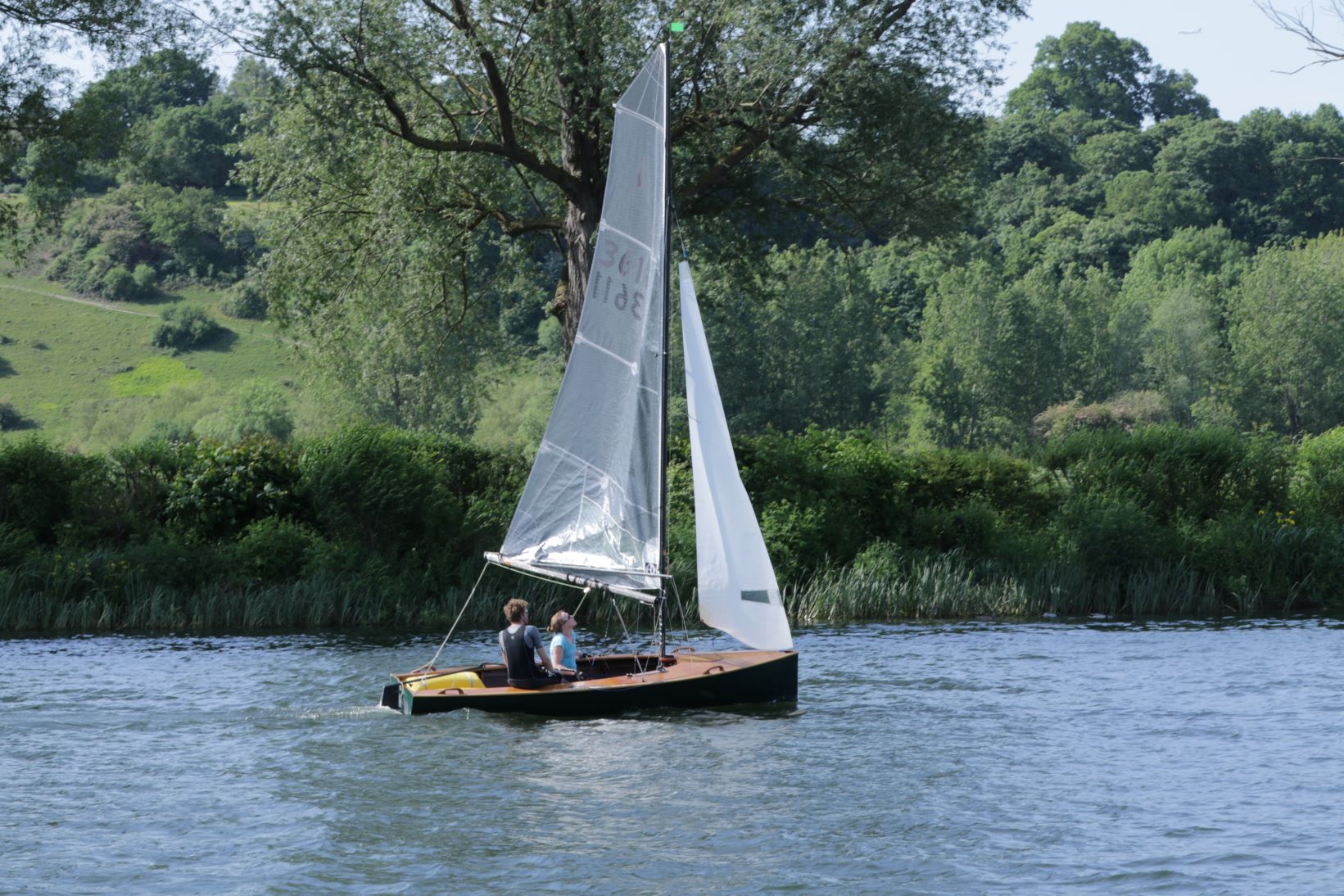admin Date , 2024 Sailing Previous Blog Officer of the Day Comments (0)
Sailing is an exhilarating experience that combines skill, strategy, and a keen understanding of the environment. The wind is the driving force behind sailing, and different wind conditions demand specific safety precautions to ensure a safe and enjoyable outing on the water. Whether you're dealing with light winds, strong winds, or gusty conditions, being prepared and knowing how to adjust your sailing techniques is key to maintaining control and safety.
1. Sailing in Light Winds:
Staying Vigilant and Maintaining Control
Light winds may seem ideal for a relaxing day on the water, but they present unique challenges that require careful attention and preparation. Here’s what you need to keep in mind when sailing in light winds:
Be Prepared for Sudden Gusts:
Light winds are often accompanied by unexpected gusts, which can catch you off guard and quickly change the dynamics of your sailing. Stay alert and be ready to adjust your sails and position to maintain balance.
Maintain Boat Speed:
In light wind conditions, keeping your boat moving is crucial to maintaining steerage and control. Your rudder becomes less effective without sufficient speed, and you may struggle to navigate or manoeuvre effectively.
Optimize Sail Trim:
Adjust your sails to catch as much wind as possible. This may mean easing the sails slightly to maintain airflow and avoid stalling. Please watch tell-tales (small strips of fabric on the sails) to ensure the ultimate sail trim is done.
Watch the Weather:
Even on calm days, conditions can change rapidly. Stay aware of your surroundings and monitor the weather forecast for any signs of increasing wind or changes in weather patterns.
You can safely enjoy sailing even in light wind by staying vigilant and maintaining control.
2. Sailing in Strong Winds: Reducing Risks and Staying Safe
Strong winds can provide a thrilling sailing experience but also present significant safety challenges. When the wind picks up, it’s essential to take specific precautions to avoid accidents and maintain control:
Reefing Your Sails:
Reefing reduces the sail area to prevent overpowering your boat. In strong winds, reefing is crucial to maintaining balance and avoiding capsizing. It’s always better to reef early than wait until conditions become too challenging.
Wear a Life Jacket:
Always wear a life jacket in strong wind conditions, regardless of your sailing experience or comfort level. The risk of capsizing or falling overboard is higher, and a life jacket is essential for your safety.
Be Aware of Your Limits:
Know yours and those of your crew. If the wind strength exceeds your comfort level or skill, consider reducing the sail area further or heading to shore. Pushing beyond your limits can lead to dangerous situations.
Monitor Your Surroundings:
Strong winds can create rough water conditions and increased wave height. Keep an eye on your surroundings, and avoid getting too close to other boats or obstacles that could pose a risk.
By taking these precautions, you can safely navigate strong winds and enjoy the exhilarating experience they offer.
3. Sailing in Gusty Conditions:
Anticipating Changes and Adapting Quickly
Gusty conditions are characterized by rapid and unpredictable wind speed and direction changes. Sailing in gusty winds requires a high level of awareness and adaptability:
Keep an Eye on the Horizon:
Gusts often create visible ripples or patterns on the water surface. By watching the horizon, you can anticipate incoming gusts and prepare to adjust your sails and position accordingly.
Adjust Your Sails Quickly:
In gusty conditions, be ready to adjust your sails frequently to accommodate sudden changes in wind speed and direction. Keep your sheets (the ropes controlling the sails) in hand, and be prepared to ease or trim the sails as needed.
Maintain Balance and Control:
Gusts can cause sudden heeling (tilting) of the boat, which can be destabilizing. To counteract this, move your weight to the windward side (facing the wind) and adjust your sails to reduce pressure.
Stay Flexible with Your Course:
Be prepared to change your course or angle to the wind to maintain stability and control. In gusty conditions, frequent adjustments are often necessary to keep the boat balanced and moving safely.
Adapting quickly to changing conditions is the key to staying safe and in control when sailing in gusty winds.



